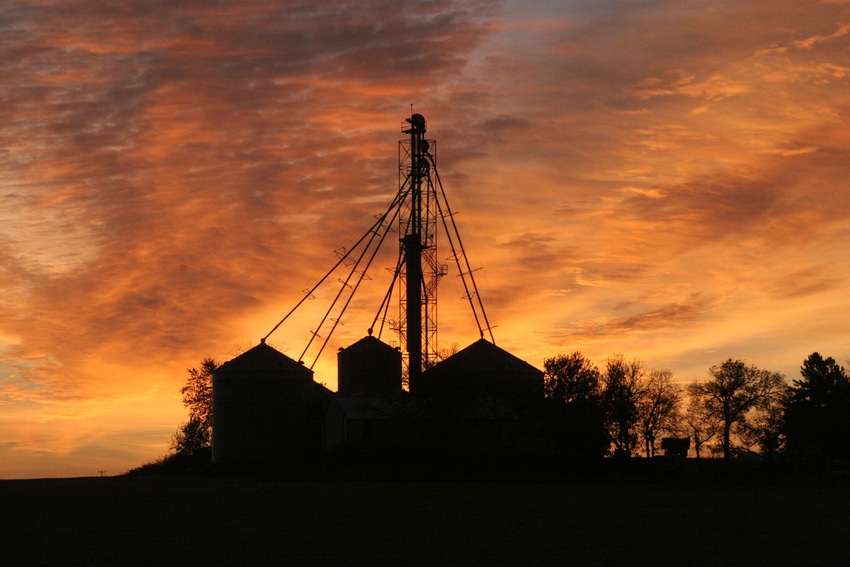September 21, 2011

Late-planted corn will likely fail to fully mature and dry down quickly this fall for many farmers in the northern Plains and Upper Midwest. Growers in these regions should prepare their dryers to handle a larger-than-normal volume of high-moisture corn, rather than leave the corn to field dry late in the season and risk losses from lodging, ear drop and wildlife feeding, extension experts say.
Farmers in both the northern and southern Corn Belt also should prepare to harvest and store corn weakened by stress from heat and humidity during grain fill, insects, disease, dryness and/or violent winds and storms during the growing season. “Particularly in northwest Ohio, late planting into wetter-than-ideal soils has contributed to stress for the crop,” says Peter Thomison, Ohio State University Extension agronomist. “Strong winds in July also caused damage to cornfields, and late-planted corn is usually more vulnerable to certain diseases, like gray leaf spot, and insects like European corn borer [in non-ECB-resistant hybrids].”
Farmers who have a lot of late-planted or severely stressed corn should begin to earmark fields that show signs of stalk rot, ear drop or lodging for prompt harvest, Thomison advises. Allowing these fields to field dry will increase the risk of yield losses to weathering.
“Late-planted corn is typically more vulnerable to fall storms,” he says. “In 2008, Hurricane Ike came through and flattened a lot of Ohio corn right before harvest. Then in 2009, we had a lot of late-planted corn followed by a wet fall that delayed harvest into late November. As a result, a lot of ear molds and mycotoxin problems were widespread across the eastern Corn Belt.”
A late fall harvest can also create more work and costs to prepare for next year’s crop, Thomison adds. “If harvest delays are associated with increased ear drop and kernel shattering problems at harvest, then volunteer corn problems will likely result the following year,” he says.
With wetter-than-normal corn fairly likely in many fields this fall, harvest bottlenecks are a real possibility, both on the farm and at local grain elevators, says Robert Hansen, Ohio State University agricultural engineer.
“The best natural-air drying system is to leave the corn in the field and allow Mother Nature to do the job, but there’s also considerable risk in doing so late in the season,” Hansen cautions. “A lot of it depends on whether your corn is good, strong and straight or if it is subject to lodging and ear drop.
“So you can either pay the price in higher energy costs by promptly harvesting and drying your corn to the proper moisture content for storage, or you can pay the price by leaving it longer in the fields to dry and risk losses from lodging and ear drop,” he adds. “Either way, it can be a tough call to make.”
With more late-planted corn than normal this year in many areas, farmers might also have to cope with frost damage. “When you get corn planted late like we did this year, and it doesn’t mature before a killing frost occurs, you tend to see lower test weights, wetter corn and corn with caramelized kernels during drying,” Hansen says. “When it comes to getting docked at the grain elevator, low test weight is almost as big a problem as too much moisture. Unlike high-moisture corn, though, there’s nothing farmers can do about low-test-weight corn.”
About the Author(s)
You May Also Like




